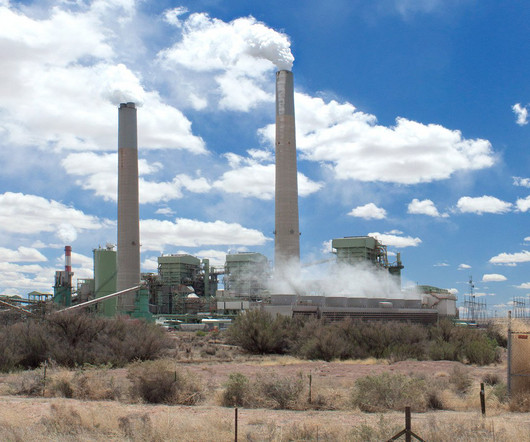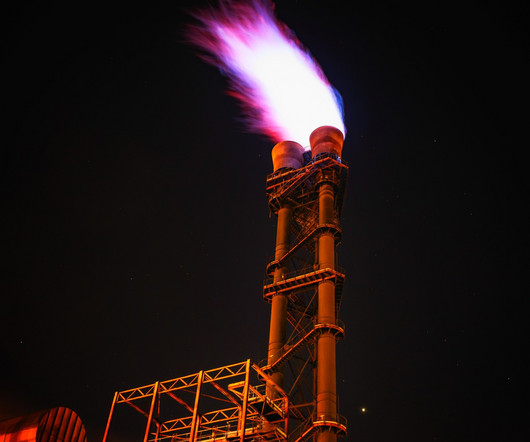Ask a Scientist: Gas Plants Disproportionately Harm Marginalized Communities
Union of Concerned Scientists
FEBRUARY 9, 2024
Responsible for 12 percent of all US global warming emissions from human activities, methane traps significantly more heat per molecule than carbon dioxide, making it 86 times more harmful for the first 20 years after it is released into the atmosphere. First, there’s air pollution.












Let's personalize your content